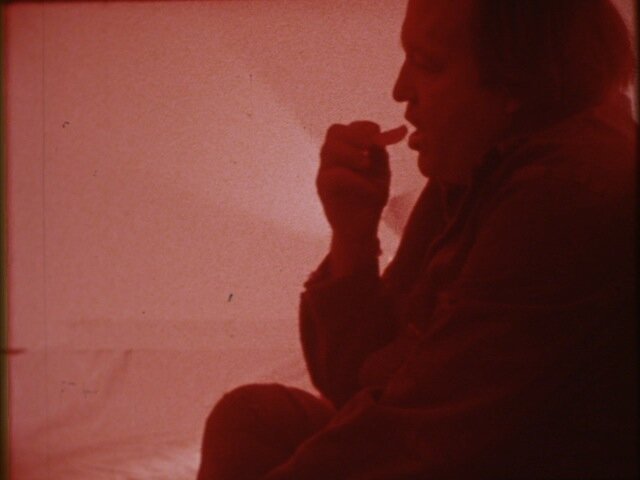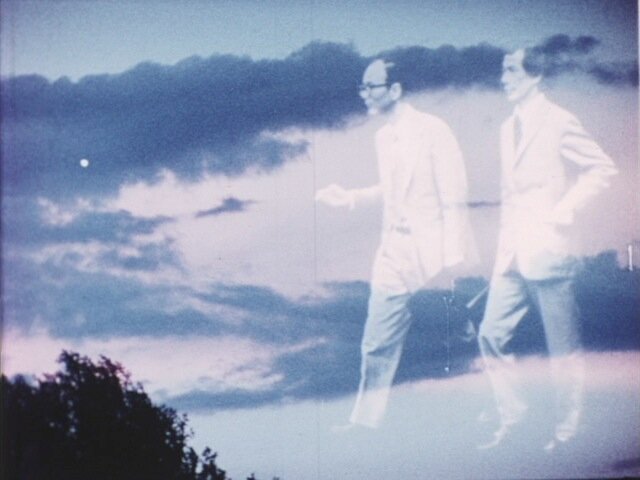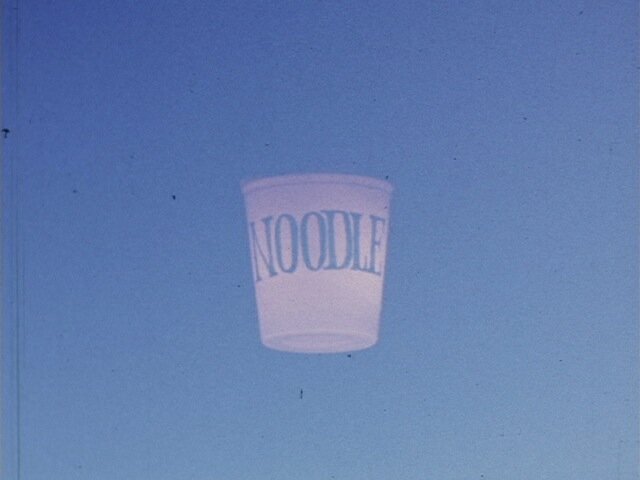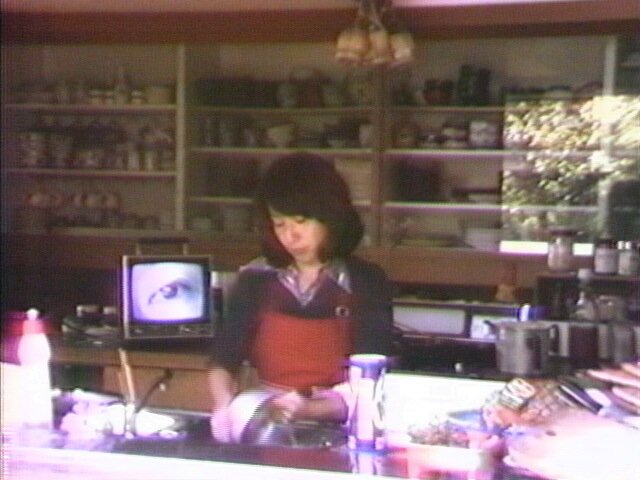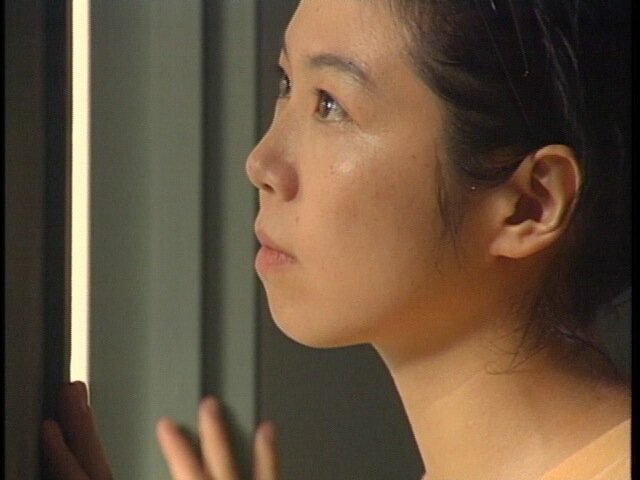CCJ is very pleased to present a streaming screening series featuring the work of Mako Idemitsu.
The streaming programs will be available on our streaming platform, $10 for members and $12 for non-members.
These programs will be accompanied by a new interview with the artist, to be published in April.
PROGRAM 1:
Something Within Me
Something Within Me, 1975, 9:30 min, color
At Yukigaya 1, 1974, film, 3:00 min, color
Whispering Light, 1985, film, 10:50 min, color
At Any Place 1, 1975, 16 min, color
At Any Place 2, 1975, film, 3 min, color
Featuring works on film made in the span of time when Idemitsu lived both in the U.S. and in Japan, this program explores her techniques that expresses the sense of ‘in-betweenness.’ Escaping her patriarchal family in Japan, Idemitsu relocated to New York in the early 1960s, then to California, where she established a family with husband and artist Sam Francis. Her creative pursuit in writing stalled against the language barrier and responsibility as a wife and a mother of two. Viewed only as a mother or the artist’s wife, Idemitsu struggled to find an identity of her own. Out of desperation to create, Idemitsu bought an 8mm film camera in the late-1960s and began to observe and capture her surroundings, and mold it as her creative outlet. In 1970, she made two works in 8mm, then in 1972, began pursuing making works in 16mm. On film, Idemitsu plays with textures, light gradations, and colors to encapsulate her meditations.
Returning from a long, one-year stay in Japan with her sons in 1973, Idemitsu recognized that America, which she thought was hew new homeland, a destination of her escape, was still a foreign land. Something Within Me (1975) reflects her soul wavering between US and Japan. This work includes a soundtrack by the pianist Aki Takahashi. The marriage to Sam Francis was strongly opposed by Idemitsu’s father, Sazo Idemitsu, a successful businessman and founder of the petroleum company Idemitsu Kosan, as well as a collector of Francis’ works.. At Yukigaya 1 (1974) is a glimpse of Sam Francis as seen from Idemitsu’s mind’s eye. The last film work Idemitsu made was Whispering Light (1985), after her mother’s death. In this beautiful film, Idemitsu tells about her mother whose life was controlled by her husband. The piece ends the chapter of Idemitsu's filmmaking.
At Any Place series began in 1975, with At Any Place 1 which features some of the characters that become the main protagonists of her Mako-style video works after the mid-1970s. Portraits of controlling mother and her victims, people who are overconscious of others, unconcerned individuals float high up in the sky. In 1977, Idemitsu began creating works that are now known as Mako-style, which incorporates monitors that represent psychological persona.
PROGRAM 2:
Mako-Style: The Watchful Monitor
Another Day of A Housewife, 1977, video, 9:50 min, color
Kae, Act Like A Girl!, 1996, video, 47:20 min, color
Idemitsu began to receive international recognition from her video works that incorporated a method known as Mako-style which embedded a monitor into the screen space. Taking the societal and gender role issues that oppressed all her life as the main themes, the works were well received outside of Japan and entered in collections such as The Museum of Modern Art (MoMA), Long Beach Museum, Centre Pompidou, and the National Gallery of Canada. In 1979, Idemitsu received encouraging words from MoMA curator Barbara London, propelling her to make the Great Mother series.
In the first Mako-style piece, Another Day of A Housewife (1977), Idemitsu devised a mechanism in which the protagonist, a housewife’s one eye follows her own housework day routine. Kae, Act Like A Girl! (1996) is Idemitsu’s last produced work, and represents her own history of struggle as an artist married to another artist and caught between the conflicting demands of housework and creativity. “Since you’re a girl, you should do the housework.” When she was deciding what to study, she repeatedly heard the words, “Because you are a girl…” The work follows Kae, who at first gives in to the societal oppression, but then fights back. The core principle that encouraged Idemitsu to create this work is the statement in The Second Sex by Simone de Beauvoir, “No one is born a woman. One becomes a woman.”
This program is organized by Ann Adachi-Tasch and is generously funded by the Pennsylvania Council on the Arts, Preserving Diverse Cultures Division.


